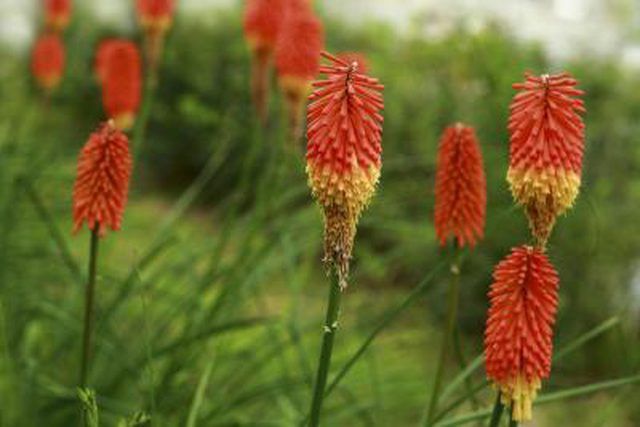Bulbs
Flower Basics
Flower Beds & Specialty Gardens
Flower Garden
Garden Furniture
Garden Gnomes
Garden Seeds
Garden Sheds
Garden Statues
Garden Tools & Supplies
Gardening Basics
Green & Organic
Groundcovers & Vines
Growing Annuals
Growing Basil
Growing Beans
Growing Berries
Growing Blueberries
Growing Cactus
Growing Corn
Growing Cotton
Growing Edibles
Growing Flowers
Growing Garlic
Growing Grapes
Growing Grass
Growing Herbs
Growing Jasmine
Growing Mint
Growing Mushrooms
Orchids
Growing Peanuts
Growing Perennials
Growing Plants
Growing Rosemary
Growing Roses
Growing Strawberries
Growing Sunflowers
Growing Thyme
Growing Tomatoes
Growing Tulips
Growing Vegetables
Herb Basics
Herb Garden
Indoor Growing
Landscaping Basics
Landscaping Patios
Landscaping Plants
Landscaping Shrubs
Landscaping Trees
Landscaping Walks & Pathways
Lawn Basics
Lawn Maintenance
Lawn Mowers
Lawn Ornaments
Lawn Planting
Lawn Tools
Outdoor Growing
Overall Landscape Planning
Pests, Weeds & Problems
Plant Basics
Rock Garden
Rose Garden
Shrubs
Soil
Specialty Gardens
Trees
Vegetable Garden
Yard Maintenance
About Red Hot Poker Plants
About Red Hot Poker Plants. Red hot poker plants (Kniphofia spp.), also known as poker plants or torch lilies, produce vibrant, rocket-shaped blooms in brilliant colors. South African natives, they flourish from U.S. Department of Agriculture plant hardiness zones 5 through 9. Poker plants provide colorful vertical accents to lift the garden out of...

Red hot poker plants (Kniphofia spp.), also known as poker plants or torch lilies, produce vibrant, rocket-shaped blooms in brilliant colors. South African natives, they flourish from U.S. Department of Agriculture plant hardiness zones 5 through 9. Poker plants provide colorful vertical accents to lift the garden out of the summer doldrums. They do especially well at high elevations and in arid climates, where they thrive with a minimum of care.
Poker Fundamentals
With their torchlike blooms, red hot poker plants lend attention-getting color and shape to any garden. Drought- and heat-tolerant, they are easy to grow and maintain, even in arid environments where other plants wilt. The plants grow 2 to 5 feet high and produce long, succulent leaves that allow them to store up water and withstand drought conditions. Red hot pokers grow as wildflowers in South Africa, producing large fields of thousands of vibrant plants in mid- to late-summer.
Floral Features
Red hot poker plants grow tubular flowered spikes that look, when in full bloom, like the tip of a steel shaft left in the fire. The flaming tip is often backed by yellow on classic poker plants, but colors include red, orange, coral, apricot, yellow, cream and even a bright green. Flowers are produced from late spring through fall in most locations. Deadheading the spent blooms by hand encourages the plant to produce new flowers. Nectar-feeding hummingbirds, butterflies and moths are drawn to the blooms.
Cultural Considerations
Although resilient in dry environments and at higher elevations, red hot poker plants prefer moderately rich, well-draining soil. They do best in full sun or partial shade with adequate water during the growing season. Good drainage is especially important; waterlogged soil leads to crown rot on these plants. Red hot poker develops into large clumps that can spread up to 3 feet, so allow plenty of room for their size. Clumps can be easily divided to create new plants.
Poker Care
Red hot poker plants benefit from winter protection from extra mulch, especially in USDA zones 5 and 6. Tying the foliage stalks together during winter months helps prevent excess snow and water from seeping into the plant's crown and encouraging rot. If you prefer, cut the plant down to the base in the fall or leave the foliage through winter and removed it in spring.
Propagation
Red hot poker can be grown from seed planted directly in gardens or started indoors for transplanting to gardens later. Seeds should be covered lightly with 1/4 inch of fine garden or potting soil. Note some varieties of red hot poker self-seed readily and are considered invasive in many areas because of this tendency. To prevent the plant from self-seeding, cut the blooms before they set seed, or collect the seeds to be started under your control.